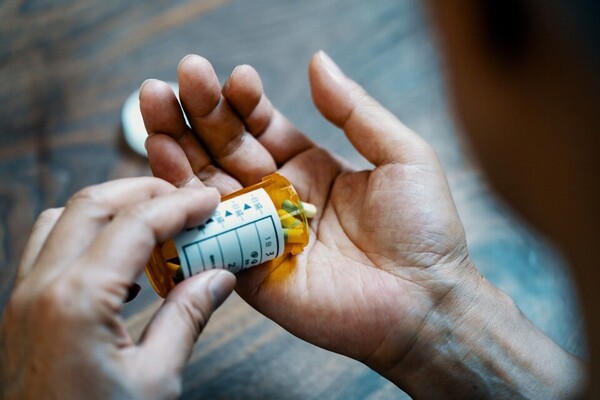Over the past five years, reported medication accidents increased by 160 percent overall, with neighborhood clinics recording a dramatic 3,183 percent surge—underscoring the urgent need for safety measures.

Medication accidents refer to unintended harm caused by adverse effects, negligence, mistakes, or immune reactions during the administration of medication. Major types include errors in prescribing, dispensing, counting, administering, and taking medication.
Rep. Seo Young-seok of the Democratic Party of Korea said Tuesday, citing data from the Korea Institute for Healthcare Accreditation, that reported medication accidents rose 160.3 percent between 2020 and 2024. Notably, the number of reported accidents at neighborhood clinics surged by 3,182.5 percent during the period.
The number of reported medication accidents totaled 4,325 in 2020. It decreased slightly to 4,198 in 2021 but rose significantly to 6,412 in 2022, 10,089 in 2023, and 11,257 in 2024. The steepest increase occurred in neighborhood clinics, where reports surged from 177 cases in 2020 to 5,810 cases in 2024.
By facility type, the most reported errors came from general hospitals (7,364 cases, 20.3 percent), followed by pharmacies (5,683 cases, 15.7 percent) and tertiary general hospitals (3,532 cases, 9.7 percent).
When categorized by stage (prescription, dispensing, administration), 25,933 incidents (71.5 percent) out of the total 36,281 reported during the same period occurred at the prescription stage. This was followed by the administration stage with 6,903 cases (19.0 percent), the dispensing stage with 2,637 cases (7.3 percent), and other categories (medication counseling, adverse effects, drug identification, storage, and others).
Among the total 36,281 reported medication errors, 48 were fatal incidents, increasing from two in 2020 to 11 in 2024. By occurrence stage, 35 cases were during administration, 10 during prescription, and one each during dispensing, adverse reactions, and monitoring. By healthcare facility type, 25 cases occurred at general hospitals, 21 at tertiary general hospitals, and one each at hospitals and nursing hospitals.
“The sharp increase since mandatory reporting replaced voluntary reporting may reflect both a real rise in incidents and the fact that previously hidden cases are now being officially captured,” Rep. Seo said. “Particularly in areas where medication errors are frequently reported by stage or facility type, tailored safety measures to prevent such incidents must be developed.”

